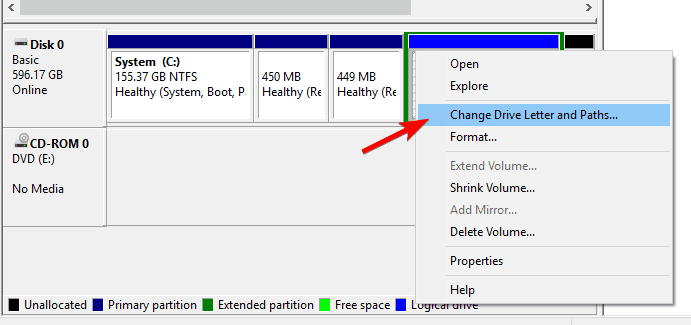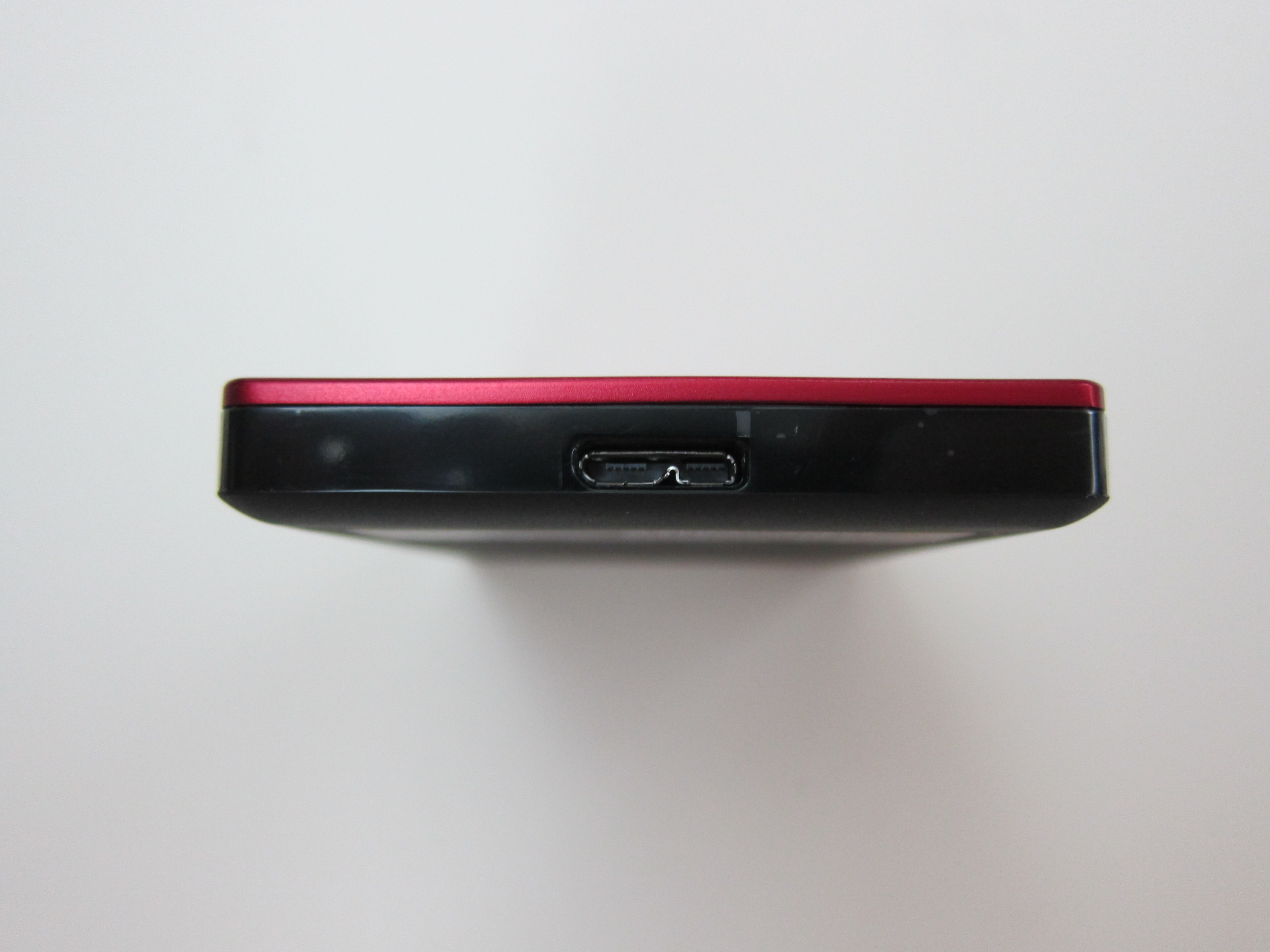

Perhaps when the Wii U’s own optical drive was spinning up at the same time that the Seagate drive needed power, there would be a voltage sag which would cause the Seagate to briefly power down. Since the Seagate drive successfully spun itself up and mounted and even worked for some of the time, I figured the drive was occasionally drawing just a tad more power than the Wii U could reliably supply. They weren’t using that other port anyway.īut this is a more serious problem for some of us who use a USB 2.0 to 10/100 Fast Ethernet Adapter (which I have found is way faster and more reliable than the built-in WiFi.) What to do? It takes up both rear USB ports on the Wii U.įor some people, this is no big deal. It costs like $5 at Amazon and it will supply any slim 2.5″ portable hard drive with enough power (up to 1000mA) to run with the Wii U. There’s a simple fix for this and it’s called a Dual A to Micro-B USB Y-cable. Unfortunately, the Wii U is not fault tolerant enough to handle a sudden disconnection of one of its USB devices, so the Wii U has a kernel panic and crashes the game you’re playing. This is because the Seagate drive will continue to work for a while (a few minutes or so), and then suddenly “ click-click” - the drive didn’t get quite enough power from the Wii U’s USB port and it powers down and disconnects from the USB for a second. The 1TB Seagate Backup Plus Slim appears to be engineered very closely to USB 2.0 specs (even though it is a USB 3.0 drive.) I say this because when I plugged in the drive to the Wii U, the drive spins up, prepares itself, and then on the Wii U’s screen pops up a dialog asking if I want to format this new USB device to be used with the system.Īs I previously mentioned, this Seagate drive almost works reliably with the Wii U. So when you connect a portable hard drive, like the 1TB portable USB3 models that were recently reviewed, you get a hard drive that doesn’t fully spin-up (think: “whirrrrr click-click beooooo” sound) and will never work with the Wii U.

The Wii U, for some reason, is only able to barely supply the minimum spec for a standard USB 2.0 port: 500 milliAmps. And I think for most computers, they’re all able to supply a little more than their specifications.

<- Click here to check it out!įor some reason the old Wii (from 2006) was able to supply more than the 500mA per USB port that it is supposed to supply. There is a new article on using a 120GB SSD and an external USB3 enclosure.

NOTE! This article is no longer up-to-date. That is, until I figured out a clever hack to get it to work reliably. Well, I should say that only 1 of the drives almost worked with the Wii U. I found that all of these slim 1TB drives worked just fine with the old Nintendo Wii (the previous generation console), but only 1 of them worked with the Wii U (the most current Nintendo console.) Part of this review was trying to answer the question of “ Which is the best hard drive for the Nintendo Wii U?” - which I couldn’t definitively answer. During this review, I tested each drive with a variety of computers and other devices that had USB ports, including my Nintendo Wii and Wii U consoles. The last article I wrote about was a review of 1TB portable USB 3.0 hard drives.


 0 kommentar(er)
0 kommentar(er)
